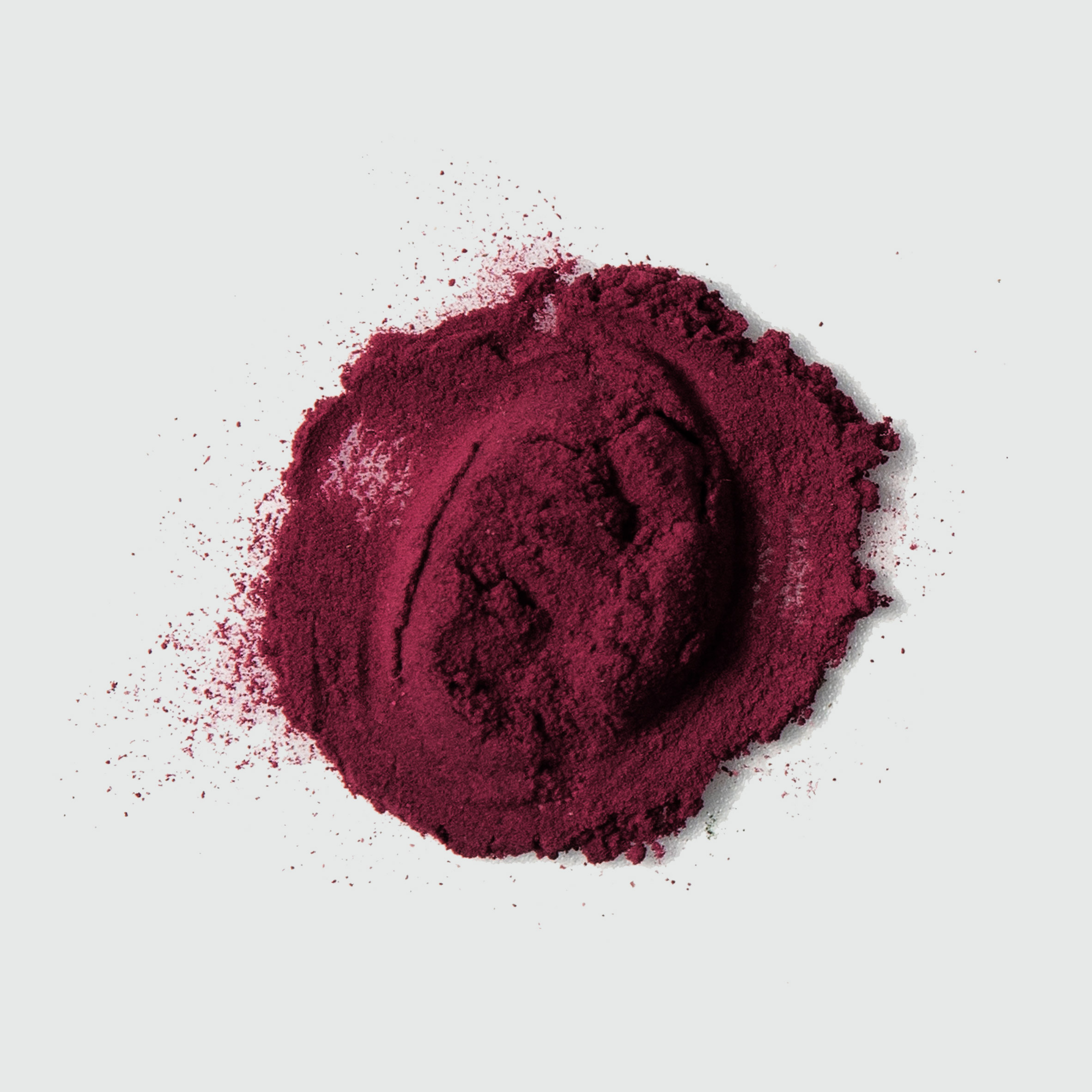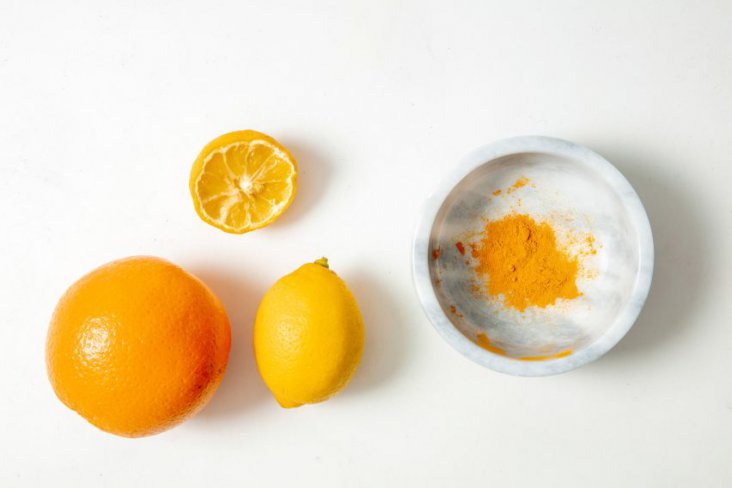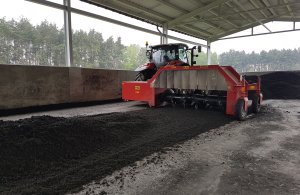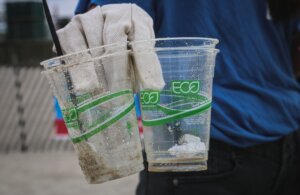Kaiku offers an alternative system that uses food waste to produce non-toxic pigments. (Credit: Dezeen.com)
Avocados, pomegranates, beetroots, lemons and onions are just some of the fruits and vegetables that can be placed into Kaiku and turned into the raw material for paints, inks and dyes, says India Block in her article on Dezeen.com. Skins and peels are boiled in water to produce a dye, which is transferred to a reservoir in the Kaiku system. Along with hot, pressurised air this dye is forced through an atomising nozzle into a glass vacuum chamber. The fine mist produced is hot enough that it vaporises almost instantly, and the dry particles are pulled through the chamber and into the collection reservoir. Stjernswärd designed Kaiku to offer a natural alternative to using artificial pigments that can often be toxic.
"By transitioning to natural based pigments, it will be easier for us to recycle products and make them more circular," Stjernswärd, who studied at Imperial College Londonand the Royal College of Art, told Dezeen.
Kaiku turns fruit and vegetable waste into natural pigments.









